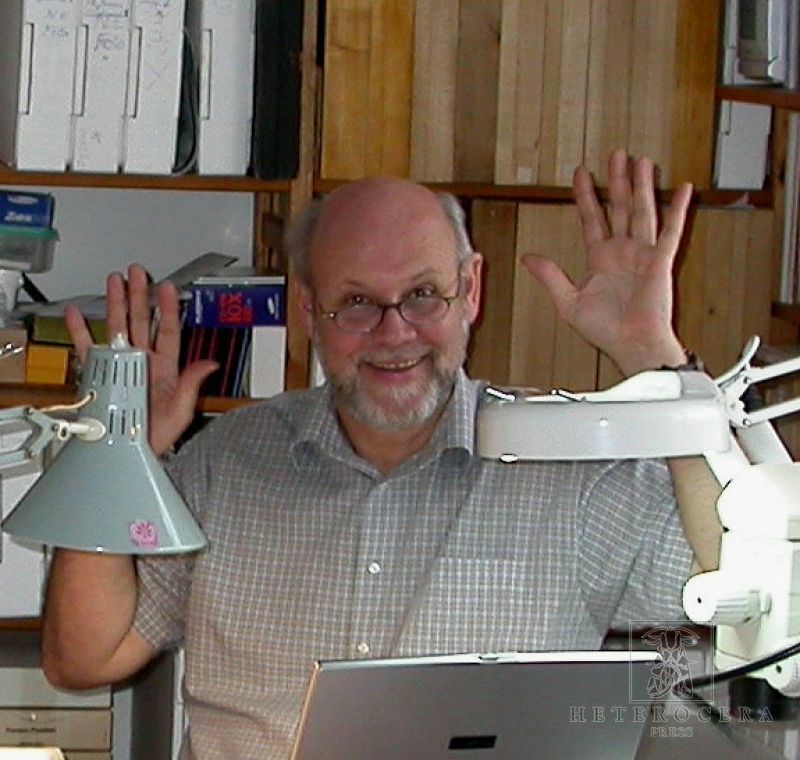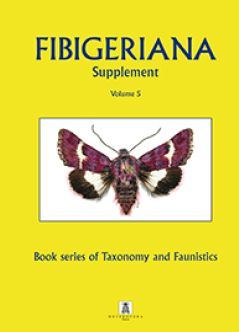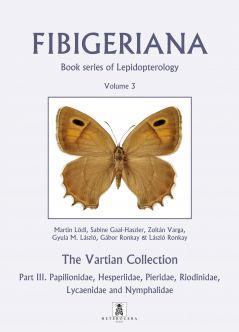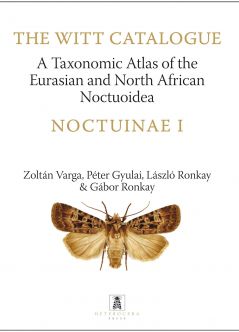Fibigeriana - The "blue" series
Fibigeriana - Vol. 1 The Vartian Collection. Part I. Noctuoidea. 2012.
EDITORIAL PREFACE
Maturity, that’s the key concept that we want to bring into shape with the new series Fibigeriana, maturity of lepidopterological science. In fact, after the turn of the millennium, we perceive the need to historicize the long tradition which has been growing in our discipline through a series which is specially suited to systematize knowledge on the Lepidoptera. On the one side, our aim will be to lay down the fundamental achievements by the so-called traditional lepidopterology, which we will gladly call “romantic”. With this epithet we want to highlight the straightforward interest in the Lepidoptera and any facets of their Bauplan as natural history objects, yet in full awareness of their role as subjects in the evolutionary and ecological relationships which link them to the natural world.
In fact, romantic was the spirit of those Aurelians who almost completely assessed local faunas after the rearing of larvae well before the development of any lamp and electric device to attract moths. Romantic is the approach which led students to solely identify with keen observations in the field sibling species which were subsequently confirmed by genetic analyses. Romantic is the dedication after which morphologists resolve difficult species complexes and phylogenies in full agreement with independent biosystematic studies. They all provided paradigmatic guidelines for profoundly contributing to science by all the amateurs’ community. On the other hand, we guess that a bridge between all this corpus of experiences, never to be underestimated, and emerging approaches must be established. Th is is both in recognition of lepidopterology as an evolving discipline and in order to bind together the whole of the lepidopterists’ community, to the benefit not just of knowledge of butterflies and moths but of science itself. Maturity also refers to consciousness of the bearing that lepidopterology has in modern biology, from metapopulation studies and ecological modelling to evo-devo research, just to mention some issues. Picking up the thread which links the heritage by fathers of our discipline to its shifting frontier will be our main concern. Related to this is the project of documenting major collections inaugurated with this first volume of Fibigeriana, not only as a historical tribute to people who set them up but also as a starting point for addressing future research.
We welcome both major syntheses emphasizing the concreteness of analytical data and plain analytical papers providing interlocking materials for future syntheses, in a full-round heuristic process which we hope to activate.
Needless to state, all this is dedicated to and inspired by our unforgotten master and friend, of lepidopterology and of dreams: Michael Fibiger.
Rome and Budapest, 31st May, 2012
Alberto Zilli, Gábor Ronkay and László Ronkay

























